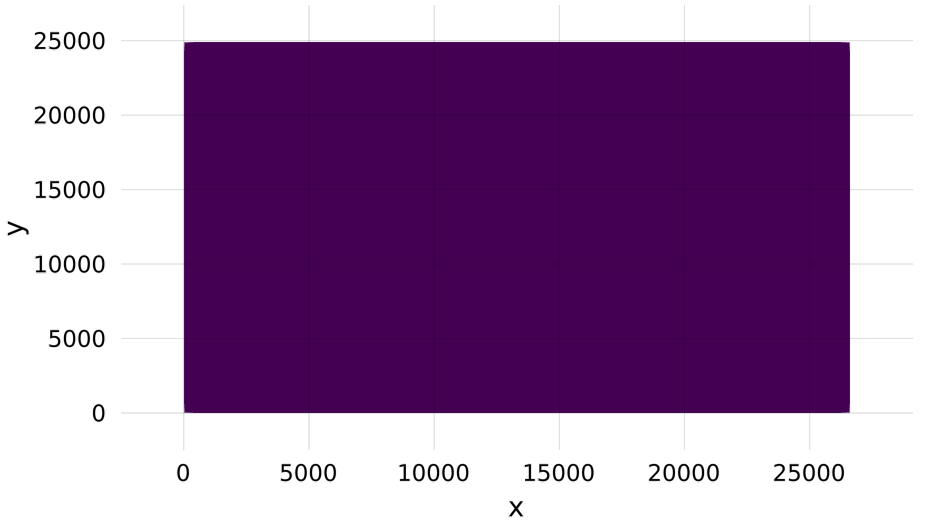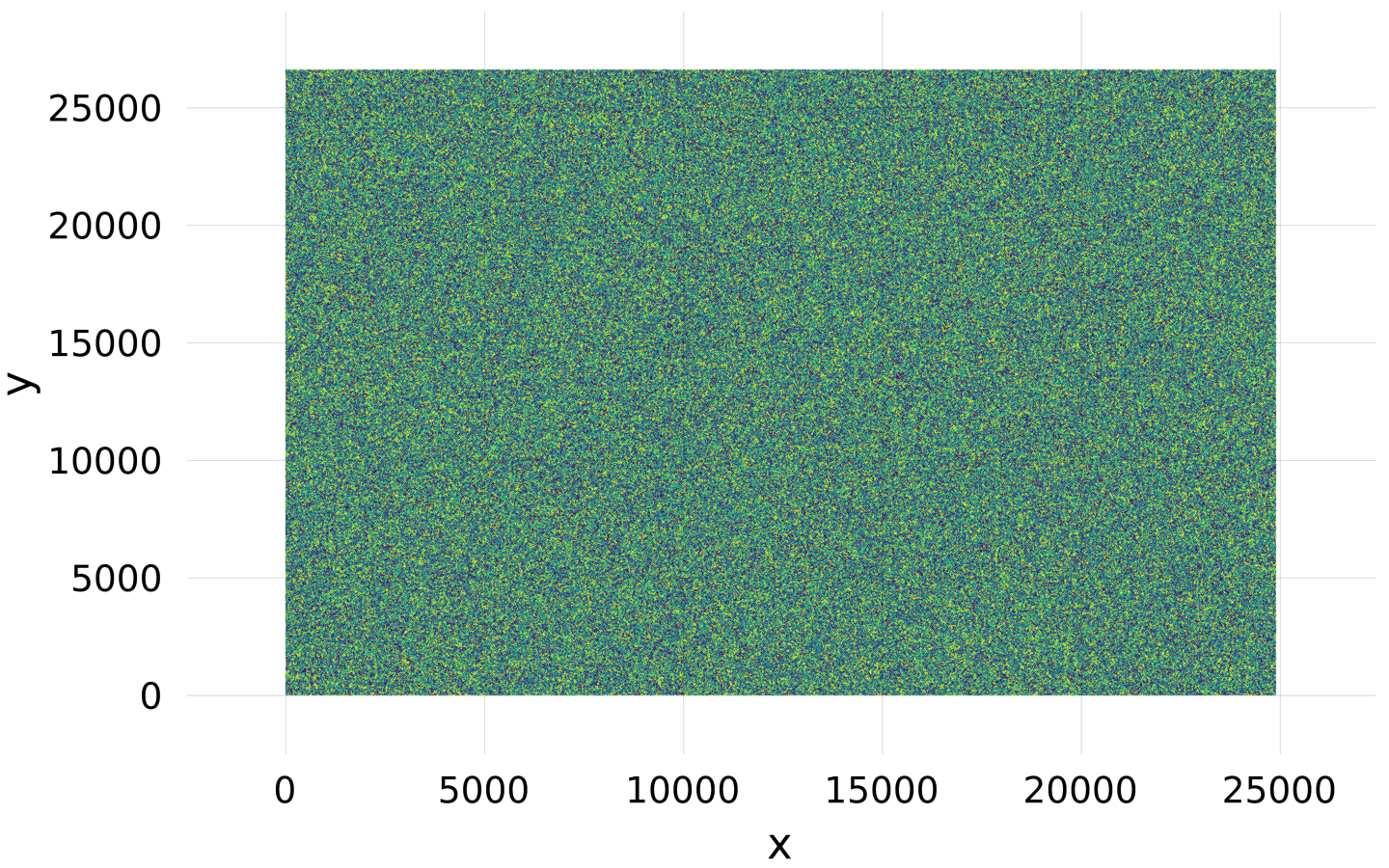Troubleshooting
Installation issues
Here, we assume you are running Julia on the vanilla system image - no PackageCompiler goodness. If you are using PackageCompiler, check out the page on compilation.
No Scene displayed or GLMakie fails to build
If Makie builds, but when a plotting, no Scene is displayed, as in:
julia> using Makie
julia> lines([0,1], [0,1])
Scene (960px, 540px):
events:
window_area: GeometryTypes.HyperRectangle{2,Int64}([0, 0], [0, 0])
window_dpi: 100.0
window_open: false
mousebuttons: Set(AbstractPlotting.Mouse.Button[])
mouseposition: (0.0, 0.0)
mousedrag: notpressed
scroll: (0.0, 0.0)
keyboardbuttons: Set(AbstractPlotting.Keyboard.Button[])
unicode_input: Char[]
dropped_files: String[]
hasfocus: false
entered_window: false
plots:
*Axis2D{...}
*Lines{...}
subscenes:
*scene(960px, 540px)then, your backend may not have built correctly. By default, Makie will try to use GLMakie as a backend, but if it does not build correctly for whatever reason, then scenes will not be displayed. Ensure that your graphics card supports OpenGL; if it does not (old models, or relatively old integrated graphics cards), then you may want to consider CairoMakie.
Plotting issues
Dimension too large
In general, plotting functions tend to plot whatever's given to them as a single texture. This can lead to GL errors, or OpenGL failing silently. To circumvent this, one can 'tile' the plots (i.e., assemble them piece-by-piece) to decrease the individual texture size.
2d plots (heatmaps, images, etc.)
heatmap(rand(Float32, 24900, 26620))may either fail with an error
Error showing value of type Scene:
ERROR: glTexImage 2D: width too large. Width: 24900
[...]or fail silently:

Tiling the plot, as shown below, yields a correct image.
sc = Scene()
data = rand(Float32, 24900, 26620)
heatmap!(sc, 1:size(data, 1)÷2, 1:size(data, 2)÷2, data[1:end÷2, 1:end÷2])
heatmap!(sc, (size(data, 1)÷2 + 1):size(data, 1), 1:size(data, 2)÷2, data[(end÷2 + 1):end, 1:end÷2])
heatmap!(sc, 1:size(data, 1)÷2, (size(data, 2)÷2 + 1):size(data, 2), data[1:end÷2, (end÷2 + 1):end])
heatmap!(sc, (size(data, 1)÷2 + 1):size(data, 1), (size(data, 2)÷2 + 1):size(data, 2),
data[(end÷2 + 1):end, (end÷2 + 1):end])
3d plots (volumes)
The approach here is similar to that for the 2d plots, except that here there is a helpful function that gives the maximum texture size. You can check the maximum texture size with:
using Makie, GLMakie, ModernGL
# simple plot to open a window (needs to be open for opengl)
display(scatter(rand(10)))
glGetIntegerv(GL_MAX_3D_TEXTURE_SIZE)and then just split the volume:
vol = rand(506, 720, 1440)
ranges = (1:256, 1:256, 1:256)
scene = volume(ranges..., vol[ranges...])
for i in 1:3
global ranges
ranges = ntuple(3) do j
s = j == i ? last(ranges[j]) : 1
e = j == i ? size(vol, j) : last(ranges[j])
s:e
end
volume!(ranges..., vol[ranges...])
end
sceneGeneral issues
My font doesn't work!
If Makie can't find your font, you can do two things:
Check that the name matches and that the font is in one of the directories in:
using FreeTypeAbstraction; FreeTypeAbstraction.valid_fontpaths
You can add a custom font path via the environment variable:
ENV["FREETYPE_ABSTRACTION_FONT_PATH"] = "/path/to/your/fonts"
Specify the path to the font; instead of
font = "Noto", you could writejoindir(homedir(), "Noto.ttf")or something.